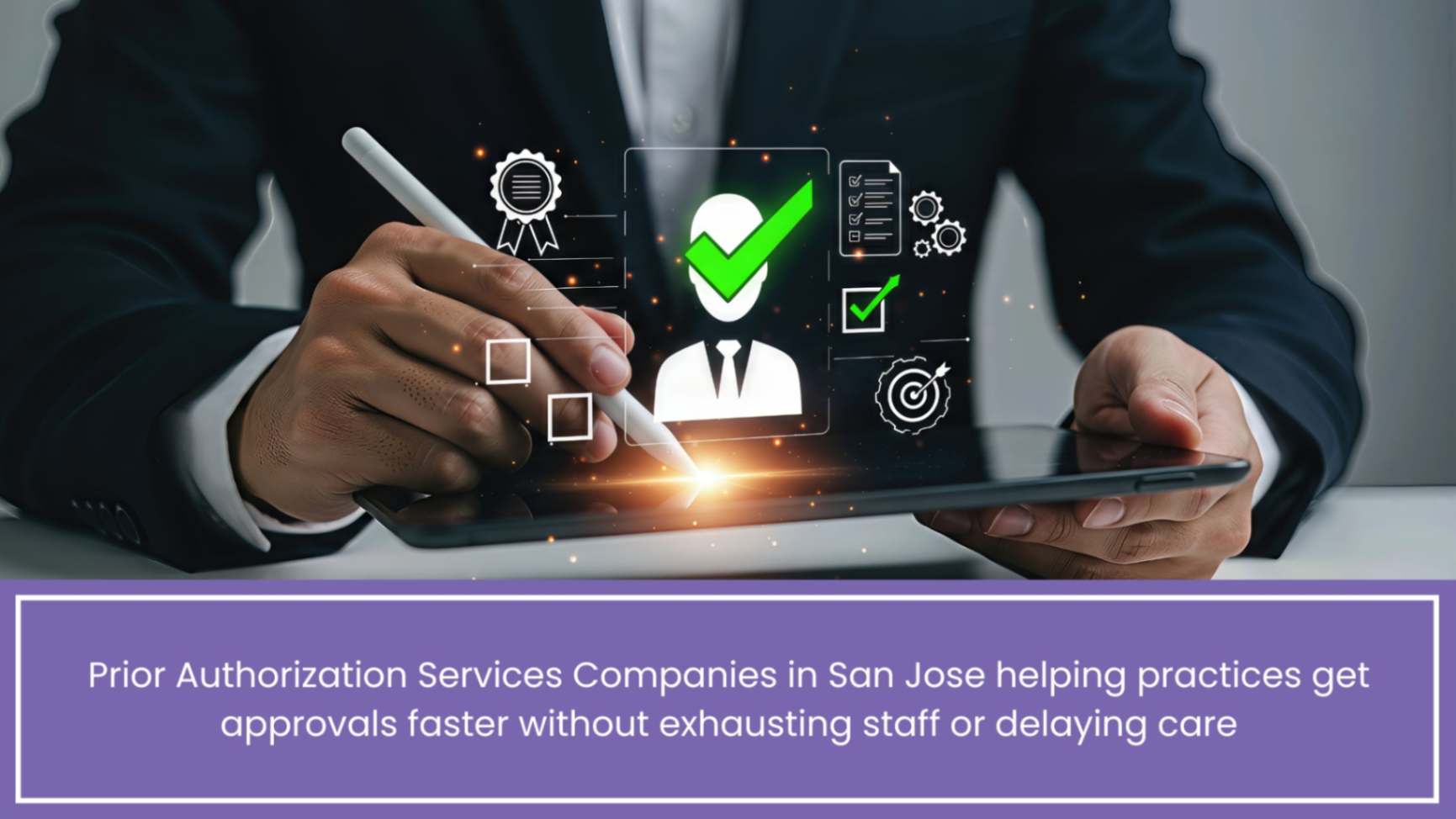Track RCM Performance: 8 Key KPIs in 2025
Your revenue cycle is the financial backbone of your practice, and monitoring the right metrics is key. In this blog, we explore 8 KPIs to Monitor for RCM Success—essential indicators that show how efficiently you’re managing claims, securing payments, and handling billing processes. Using clear explanations and practical advice, we break down each KPI and offer tips to improve them. Whether you’re a solo provider or managing a growing clinic, these insights will help reduce denials and speed up reimbursements. Plus, see how Practolytics simplifies RCM tracking for stress-free performance monitoring.
Table of Contents
How to Track RCM Performance: 8 KPIs That Matter
For your medical business, healthcare revenue cycle management services, or RCM, are like a well-maintained machine. It guarantees prompt payment and maintains financial stability, which lessens stress for all. But do you know if your RCM is doing a good job?
The secret: Watch some important numbers called KPIs. These are simple figures that tell you how well your billing, claim handling, and money processes are working.
By 2025, with healthcare costs going up and payers getting stricter, keeping an eye on these numbers isn’t just a nice-to-have; it’s a must-have. Let’s look at 8 of these key numbers every medical office should track to stay on top of the game.
1. Clean Claims Percentage
This shows how often your claims get accepted right away without any mistakes.
Why it matters: Everyone benefits from faster payments and less labor when more claims are accepted.
Aim for 98% or higher as your ideal goal.
How to get better: Make use of medical billing software that detects mistakes before they are sent.
So, to keep your medical business running like a dream, track these 8 KPIs to ensure your RCM is top-notch. It’s all about making sure you’re getting paid and keeping things simple for your team.
2. First Attempt Settlement Success (FASS)
This is the rate of claims that are paid correctly the first time without needing to be fixed or appealed.
Why we care: High FASS means less work and quicker money coming in.
Ideal Goal: Aim for over 90%.
Recent Insight: In 2024, offices using smart computer help for billing had a 20% better FASS than before (Healthcare Finance Group).
3. Days to Collect Payment (DCP)
This is how long it takes to get paid after helping patients.
Why it’s important: Shorter time means healthier cash flow.
Suggested Target: Keep DCP under 40 days.
Expert Advice: Check DCP for each payment group to find who’s slowest.
4. Denial Rate Simplified
It’s the number of times insurance companies say “no” to paying for your work.
Why it’s a big deal: More “no’s” mean less money, extra work, and things taking longer.
Goal: Aim for 5% or less of your claims to get denied.
Important to know: By 2025, the rules are getting tougher, especially for images and mental health work. Watch this number closely.
5. Net Collection Rate Explained
This is about how much money you get from what people owe you for your services.
Why it’s essential: Knowing your worth helps ensure fair compensation.
Goal to achieve: Strive for 95 cents of pay for each dollar you’re entitled to.
Important to consider: Many businesses face financial loss annually due to unclaimed funds or incorrect payment rates.
6. Patient Payment Recovery Rate
This shows the percentage of the patient’s bill that you get paid.
It’s important because when patients pay more of their share, your total income goes up.
Aim for at least 85 to 90 cents for every dollar they should pay.
Easy solution: Provide simple online payment methods and tell them the cost beforehand.
7. Collection Cost
This is the amount you spend to get paid by patients.
Why it’s vital: Spending too much cuts into your actual earnings.
Goal: Keep it under 5 cents for every dollar collected.
Advice: Hiring outside help or using machines to handle these tasks can save you money.
8. Claim Revision Rate
This term tells you how often you have to correct and resend claims.
It’s important because fixing claims wastes time and makes you less productive.
Aim for a rate under 15% to keep your business efficient.
Did you know? Each corrected claim costs about $25-$100 in employee time (American Medical Association, 2024).
The Benefit of Monitoring Performance Indicators
You can obtain a clear picture of your company’s performance by routinely monitoring these eight indicators.
This keeps money flowing smoothly and helps you identify issues early and fix them more quickly.
Easy Beginner Guide
- First, create weekly or monthly reports for each indicator.
- Next, go over the reports with the people who handle billing.
- Choose one area to improve at a time and set goals.
- Use helpful tools and technology to save time and prevent errors.
- If it’s too tricky, consider working with pros who can help.
Want Better RCM Results Without the Hassle?
Practolytics is your go-to for easy RCM.
This reliable company, Practolytics, provides user-friendly tools to monitor 8 important performance measures without getting lost in a sea of papers. They offer real-time tracking of claims and helpful visual displays to manage your practice’s health.
Why should you pick Practolytics?
- They get you a 98% correct claim rate.
- Your money comes in 30% quicker.
- Setting up is fast and won’t interrupt your work.
- You get a team just for your practice.
- They give you clear and tailored reports.
Now you can focus more on helping patients and less on payment chases.
Join forces with Practolytics for a smooth income flow experience.
ALSO READ – Essential Tips for Error-Free Orthopedic Billing and Coding: Boost Your Practice’s Financial Health
Talk to Medical Billing Expert Today — Get a Free Demo Now!






